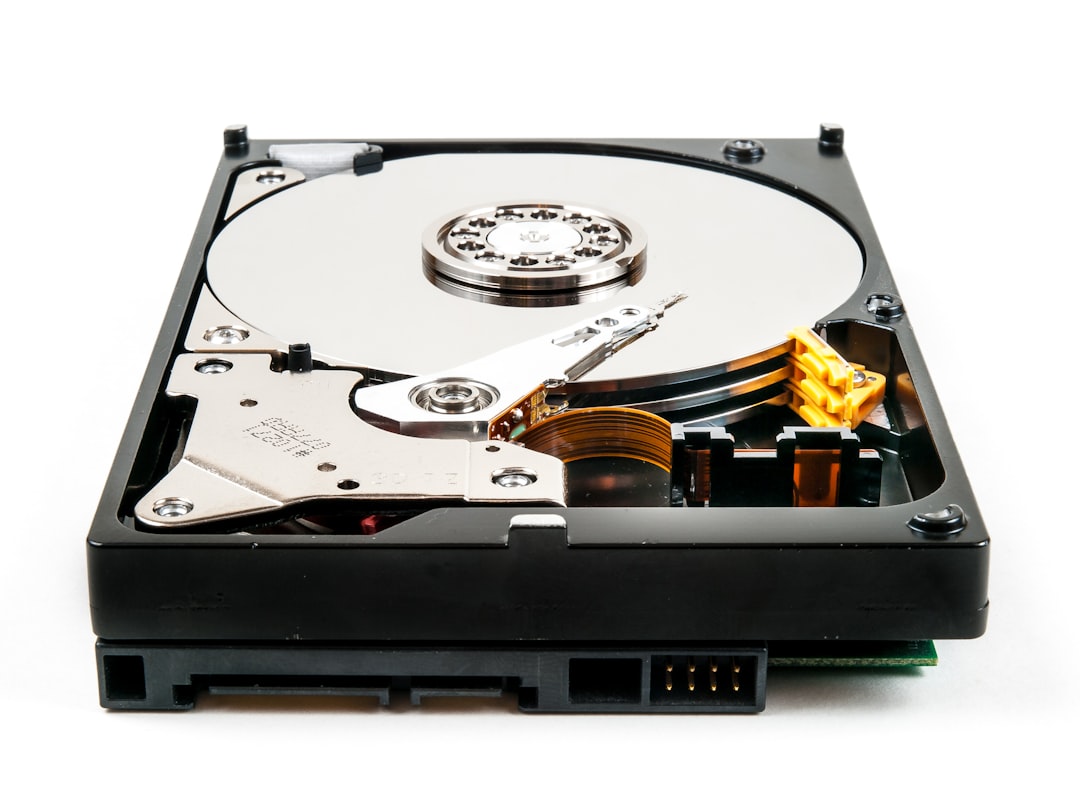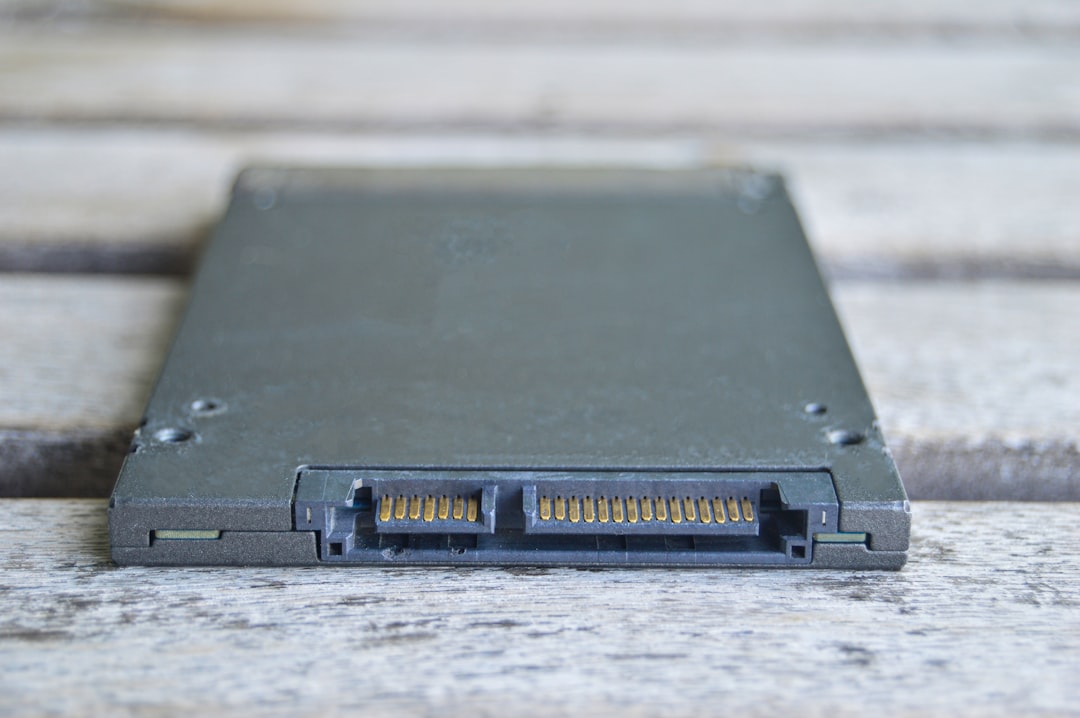Why SMART started reporting pending sectors on three drives and the safe disk replacement routine that saved the array

Your hard drives are like the secretaries of your computer—they quietly manage a lot of work in the background. It’s only when they start showing signs of stress that people pay attention. Recently, three drives in a RAID array started squealing for help through something called SMART: Self-Monitoring, Analysis, and Reporting Technology. Here’s the story of how those drives raised red flags and how a calm, smart disk replacement routine saved the day—without losing any data or sanity.
TL;DR
Three drives in a RAID array began reporting an increase in pending sectors, which are often early signs of failure. Instead of panicking, we followed a careful replacement routine. This preserved all the data, kept the array intact, and avoided any downtime. Always listen to your drives and act early.
What On Earth Are Pending Sectors?
We need to talk about pending sectors. These are parts of a hard drive that might be bad—data can’t be read from them, but they haven’t been officially marked as unusable yet.
SMART tracks these pending sectors. If a read operation fails, that sector gets marked as “pending” until the drive can figure out if it’s truly bad or just fussy.
When you see lots of pending sectors, that’s like your car making funny noises. Sure, it’s still moving, but maybe start looking for a mechanic.
The First Sign Something Was Off
Everything was running fine. The RAID array was handling storage for a small media server. But then—alerts. Three drives in the six-disk RAID5 started showing pending sectors.
One drive started with 4. Next day, it had 16. Another drive chimed in with 3. Then the third caught up with 1. It was like a slow-motion horror movie. But instead of zombies, we had deteriorating platters.

Why This Could Have Gone So Very Wrong
RAID is awesome—but it’s not magic. In a RAID5 array, you can only lose 1 disk and stay operational. If two fail before recovery? Say goodbye to your data.
If all three failing drives had gone kaput at the same time? Lights out. Game over.
Here’s why pending sectors are a big deal:
- They often lead to real bad sectors.
- Read/write errors cause slowdowns—or worse, RAID corruption.
- If your array hits two bad drives during a rebuild, you can lose all your data.
First Step: Don’t Panic
Panic is the enemy of drives. Replacing multiple drives at once in a RAID5 is a recipe for disaster. So, we made a plan. Safe. Simple. Step-by-step.
We checked the SMART stats daily, watched the growth pattern of the pending sectors, and verified that no uncorrectable sectors had been logged yet. The drives were walking toward danger, but they weren’t falling off the cliff yet.
The Safe Replacement Routine That Saved the Day
Fixing this wasn’t rocket science. But it needed care and patience.
Here’s the routine we followed:
- Back up everything first. Before touching anything, a full backup was made to a separate external storage. Never, ever skip this step.
- Start with the worst drive. The one with the fastest-growing pending sectors. In this case, it had jumped from 4 to 64 in two days.
- Replace one drive at a time. We pulled the bad drive and slotted in the replacement. The RAID controller started rebuilding automatically.
- Wait patiently for the rebuild to complete. No stress, no interruptions. This took about 5 hours.
- Monitor the rebuild logs and SMART data closely. If any drive showed signs of stress during rebuild, we’d know.
- Repeat the process for the second failing drive after the array was healthy again. Same care, same routine.
- Finally, swap out the third problematic drive after verifying the health of the new array state.

This simple replacement pattern avoided putting stress on two questionable drives at once. The rebuilds completed without a hitch. The array lived to fight another day.
Bonus: Things We Learned the Hard Way
- Don’t ignore small SMART warnings. One or two pending sectors might be okay, but growth means more trouble is on the way.
- Staggered replacement is key. Treat each drive like it’s the last lily pad on a pond. Move carefully.
- SMART monitoring is your early warning system. Set up automated alerts and regular checks. Don’t wait for a full-blown failure.
- Have backup drives ready! You don’t want to be buying a drive while your array is hanging by a thread.
Also! When we tested the pulled drives separately, their pending sectors grew even more during stress tests. That confirmed they were time bombs waiting to explode. Good riddance.
Tips to Keep Your Drives Happy and Healthy
Here are some habits to start today to keep your drives—and data—happy:
- Run SMART long tests monthly.
- Keep drives cool and dust-free.
- Track growing SMART issues using something like smartd or a NAS dashboard.
- Replace drives with more than 5+ years of service regularly.
Drives aren’t immortal. Using them until they die is brave, but risky. Give them a retirement plan.
What If You Had Ignored the Warnings?
If we’d waited until failures happened, here’s what could have gone wrong:
- The array might not rebuild at all.
- We could’ve lost terabytes of irreplaceable data.
- Recovery services are expensive—like thousands-of-dollars expensive.
- Downtime and frustration: maximum level!
Thanks to SMART and a calm head, none of that happened. The system was fully operational through the whole process. Not a single virtual machine, backup job, or media stream went down.
Wrap-Up: SMART Spoke, We Listened
Three drives raised warning flags. SMART reported pending sectors, and we paid attention. While the potential for disaster was real, acting early made all the difference.
In the end, we saved the array with zero data loss—and some pretty cool bragging rights. So next time SMART whispers its concerns to you about pending sectors, don’t hit snooze. Treat it like your digital smoke alarm. If it starts chirping, it’s time to act.
Your future self will thank you. And so will your data.
